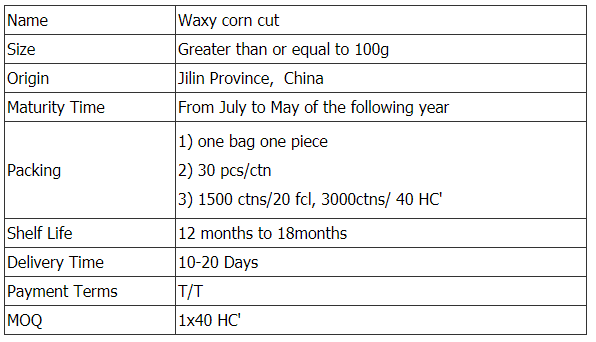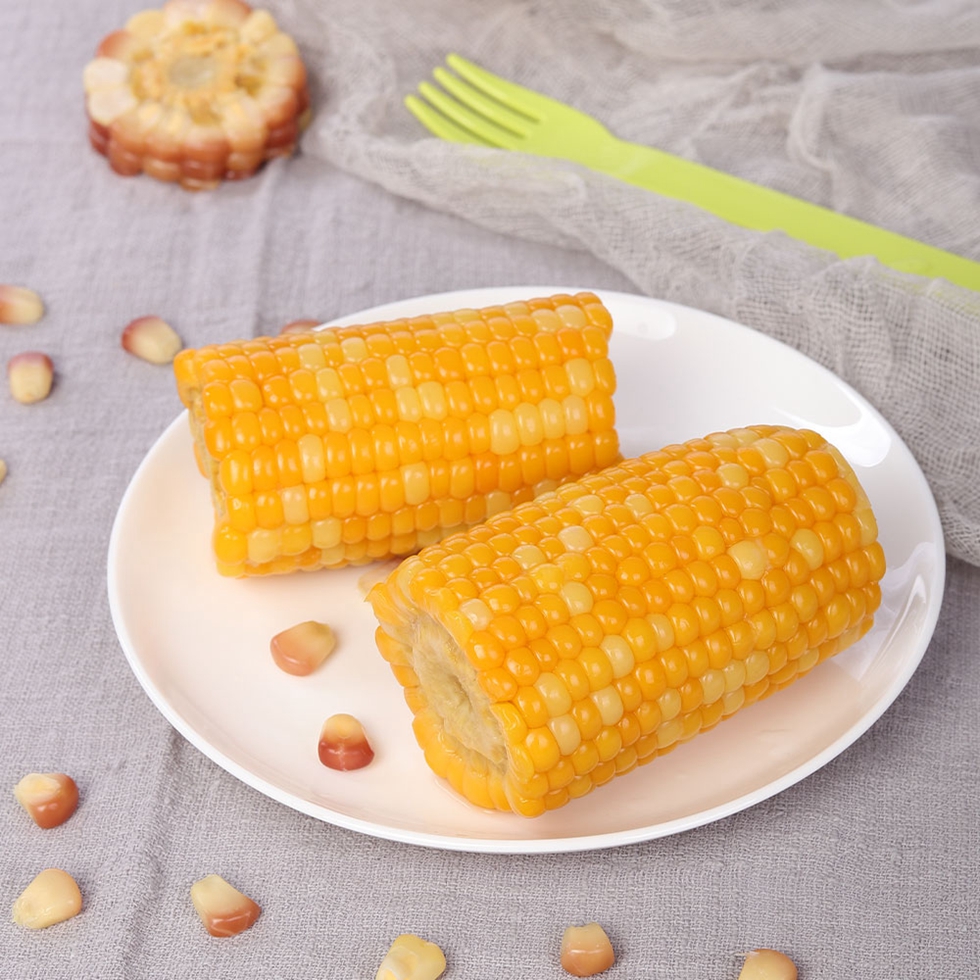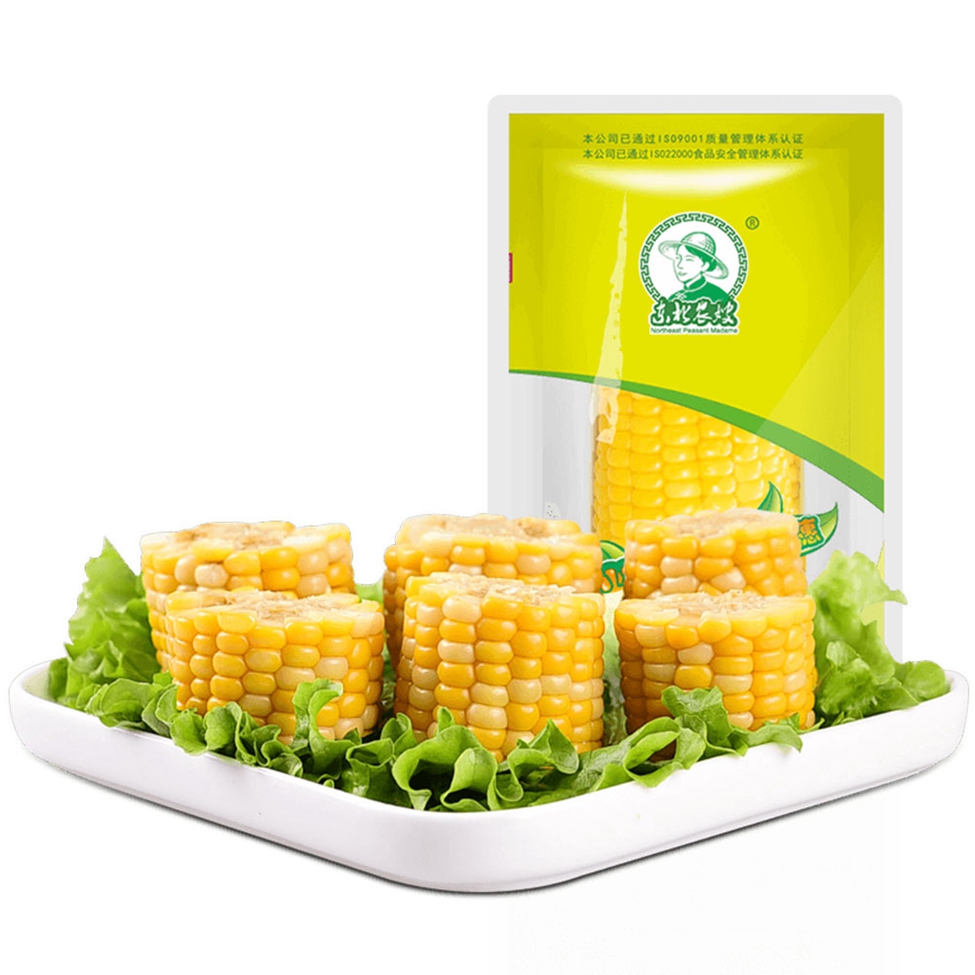Huang Guan Pear is a new pear variety cultivated by Shijiazhuang Orchard Research Institute of Hebei Academy of Agricultural and Forestry Sciences, which combines early maturity, excellent quality, high yield, and high resistance to meteorism. However, in recent years, the occurrence of "Potato disease" (commonly known as "chicken claw disease") has become increasingly rampant. "Potato disease" has become a "bottleneck" restricting the further development of Huangguanli industry.
Recently, the topic of “the incidence and comprehensive prevention and control of the disease of bagged yellow crown pear fruit face†presided over by the Institute of Fruit and Tree Research of Shijiazhuang Institute of Agriculture and Forestry Sciences passed the expert's appraisal. The subject has studied the causes of “chicken melon diseaseâ€. , epidemic factors and integrated prevention and control technology. The production and application of this technology has achieved 95% control of "chicken claw disease". The relevant content is described below for reference.
First, symptoms and causes
Fruit is onset in the near-mature period. At the early stage of the disease, brownish crescent-like or spot-like textures appear near the lenticels. With the development of symptoms, the lesions are slightly enlarged, the color is deepened, and the lesions are slightly sunken. Multiple lesions occur at different parts of the fruit at the same time. Pear fruit on the surface of the formation of irregular, irregular distribution of dark brown spots, block or texture of lesions or lesions, because of its performance on the fruit surface and the chicken scratching traces similar to the fruit farmers call it "Chicken paw disease" or "chicken paw disease." Severely diseased multiple lesions can be connected together to form a nearly circular depression around the lenticels.
There are three reasons for the formation of villous leaf spot: imbalance of calcium nutrients after bagging; cracking of the peel of the skin is large and lack of protection of the stratum corneum; enzyme activity is high. The microenvironment of the fruit after bagging is different from that of unbagging, resulting in a decrease in the level of calcium nutrients. The combination of the two results in increased cracking of the pericarp and lack of a stratum corneum, thereby stimulating the enzymatic reaction leading to browning. A dense tissue structure (spots) is formed to protect the diseased part (it can also be said that the formation of lesions is an immune protection mechanism of Huangguan pear itself). Therefore, the lesion does not expand and does not rot. It only affects the commodity value of the fruit.
The factors affecting the occurrence and prevalence of diseases mainly include: bagging (including paper bag type, color, translucency, air permeability, etc.), partial application of nitrogen fertilizer, fruit swelling rate, climate and soil fertilizer status.
Second, comprehensive prevention and control technology
1. Fertilization: Reapply organic fertilizer and pay attention to balanced fertilization. Apply 3-5 ounce organic fertilizer per acre in autumn. Soils with deep soil layers can be deep-swapped after spreading, and sand, sticky, and alkaline soils should be used to dig trenches and fertilize soil. In severe cases, 100-200 g sodium tetraborate (borax) can be applied before flowering. During the development period, the effect fertilizer is not recovered, and if the tree vigor is weak, the nitrogen and phosphorus compound fertilizer can be applied in the early stage of development (the amount of the tree strain in the fruit period does not exceed 3 kg).
2. Winter shearing and thinning and fruit thinning: The winter shear should pay attention to the reasonable distribution of the branches to ensure the ventilation and light transmission within the crown. The amount of fruit left per acre does not exceed 14,000, and the output is controlled at 3500-4000 kg.
3. Calcium during young fruit spraying: Spray the organic calcium salts such as Ryan calcium during young fruit period (before fruit bagging), spray once every 7-10 days, and spray 2-3 times.
4. Bagging: Use a fruit bag with good air permeability and light transmission (light transmittance is about 10%). You can also use fruit bags coated with active material in the inner layer. The bagging period is from late May to early June.
5. Watering: The water before flowering and frozen water should be poured. The watering in other periods depends on the conditions of fertilization and water demand, avoid flood irrigation. In addition, multiple cultivators can increase the temperature of the soil and increase the activity of the root system of the absorption layer, thereby increasing the absorption efficiency of calcium and, to some extent, reducing the incidence.
Disclaimer: Some articles in this website have been transferred from the Internet. If you are involved in third party legal rights, please inform this website. phone
Colored sticky corn is generally white, yellow, red, purple and black, among which white, yellow and purple corn are the basic colors. If the purple gene of the purple-white hybrid "beats" the white gene, it will naturally become purple, and vice versa, so if the two are tied, we will see white and purple corn. Purple can become red and black corn, or as we often say, "red is purple and black is purple".
Among these colorful corn, the most common Yellow Waxy Corn is the most nutritious because it is rich in carotene.



Waxy Corn Cut,Glutinous Corn Cut,Yellow Waxy Corn Cut,Yellow Glutinous Corn Cut
Jilin Province Argricultural Sister-in-law Food Co., Ltd. , https://www.nongsaocorn.com